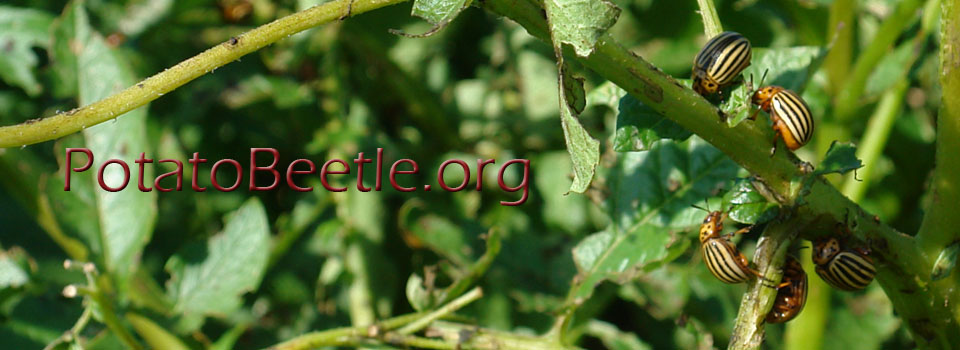Dively GP, Crossley MS, Schoville SD, Steinhauer N, Hawthorne DJ. 2020. Pest Management Science. 2020 Jul. DOI: 10.1002/ps.5992.
BACKGROUND: Agricultural insect pests frequently exhibit geographic variation in levels of insecticide resistance, which are often presumed to be due to the intensity of insecticide use for pest management. However, regional differences in the evolution of resistance to novel insecticides suggests that other factors are influencing rates of adaptation. We examined median lethal concentration (LC50) bioassay data spanning 15 years and six insecticides (abamectin, imidacloprid, spinosad, cyantraniliprole, chlorantraniliprole, and metaflumizone) for evidence of regional differences in Leptinotarsa decemlineata baseline sensitivity to insecticides as they became commercially available.
RESULTS: We consistently found that larvae from Colorado potato beetle populations from the northwestern USA had the highest baseline sensitivity to novel insecticides, while populations from the eastern USA had the lowest. Comparisons of gene expression between populations from these regions revealed constitutively elevated expression of an array of detoxification genes in the East, but no evidence of additional induction when exposed to imidacloprid.
CONCLUSIONS: Our results suggest a mechanism for geographic variation in rates of adaptation to insecticides, whereby baseline levels of gene expression determine a population's response to novel insecticides. These findings have implications for the regional development of insecticide resistance management strategies and for the fundamental question of what determines the rate of adaptation to insecticides.
